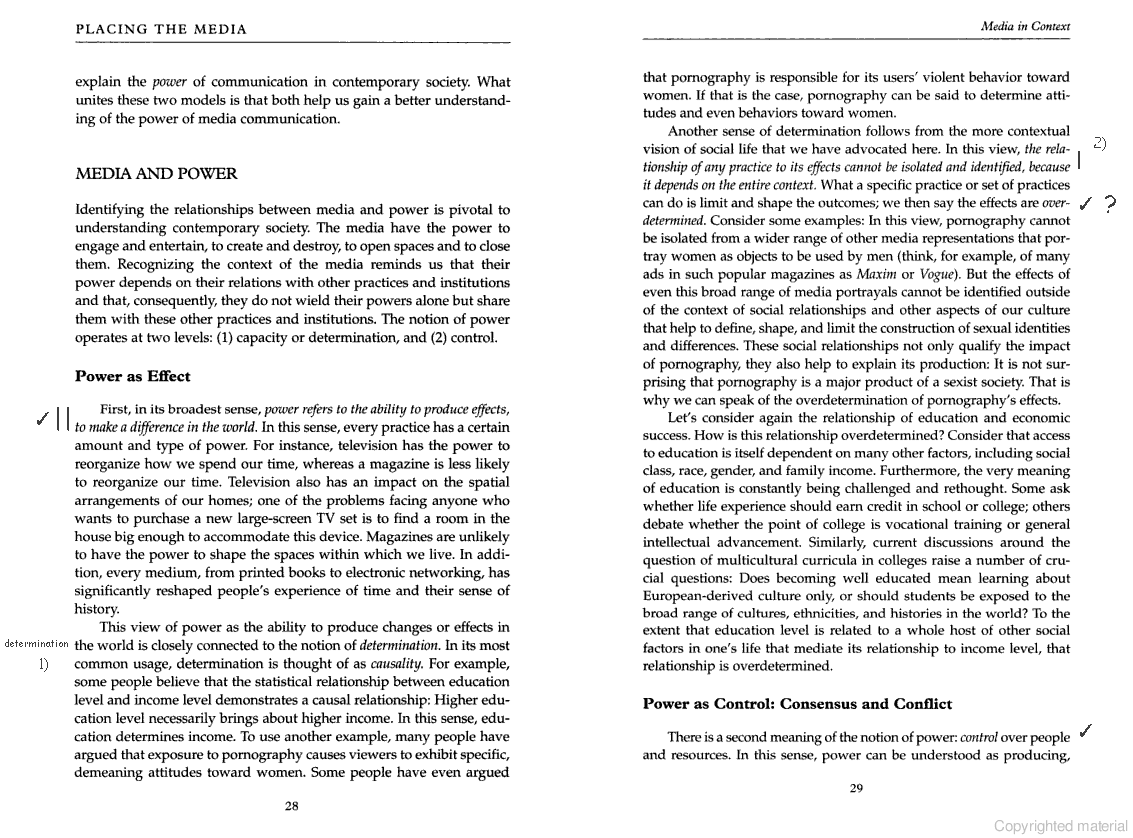
As a student you might think that the only way to read is to begin with the first word and continue until you reach the last (see Six Reading Myths). You then rely upon the instructor’s lecture or slides to determine what was important, “what you have to know” or “what will be on the exam.” This is unfortunate because active reading, the ability to discern what is important, is an important meta-cognitive skill you should be developing.
While reading techniques differ across discipline and genre (e.g., textbook or scientific paper), you have more freedom to be productive than you think. Don’t start with the first word and finish with the last. Mature scholars purposefully skim a work first by looking at the abstract, headings, figures and tables, and conclusion (and even the bibliography) before reading the text more carefully. Basically, before a more careful reading, try to quickly determine the overall structure, key ideas, and relevant questions as described in the SQ3R reading method: Survey, Question, Read, Recite, and Review.
When you have finished a reading, you should have a QIC list (questions, insights, connections). That is, you should have a list of reading questions (derived by you from the headings on the first skim which can later be learned for self-quizzing) and open questions from your more careful reading. You should have a list of insights, including the reading’s key arguments, concepts and claims, and your own novel interpretations. And you should have made some connections to other readings and current examples. When I read I look for these things and annotate the text accordingly. These can also then inform your reading response, if needed. If you don’t bother to summarize the reading in a similar way (i.e., identify the big idea, key concepts, main examples, and outstanding questions) you are wasting much of your effort.
Finally, to remain an active learner, read as if you had to explain the material to someone else. If you find something confusing, be prepared to explain why it is confusing and what you would need for it not to be so. You might also create a mindmap of the concepts within and across readings and your class notes.
Annotation is an important part of active readings. You might find this article useful. Regardless of the technique you use, some tips for reading and annotating include:
Personally, I use the following markings that I use for rereading or for typing up my notes. I use a pencil, try to keep annotations to a minimum, and avoid marking the text itself. Most importantly, when I’m done, I summarize the big idea, key concepts, main examples, and outstanding questions.
| symbol | meaning |
|---|---|
✶ |
important |
‖ |
excerpt this |
⎹ |
paraphrase this |
✓ |
definition |
? |
question |
1) |
constituent part |
An example of from Grossberg, Wartella, Whitney and Wise’s MediaMaking is below; I mark
one excerpt, one paraphrase, 3 definitions, one “look up” and the two types of “determination.” 